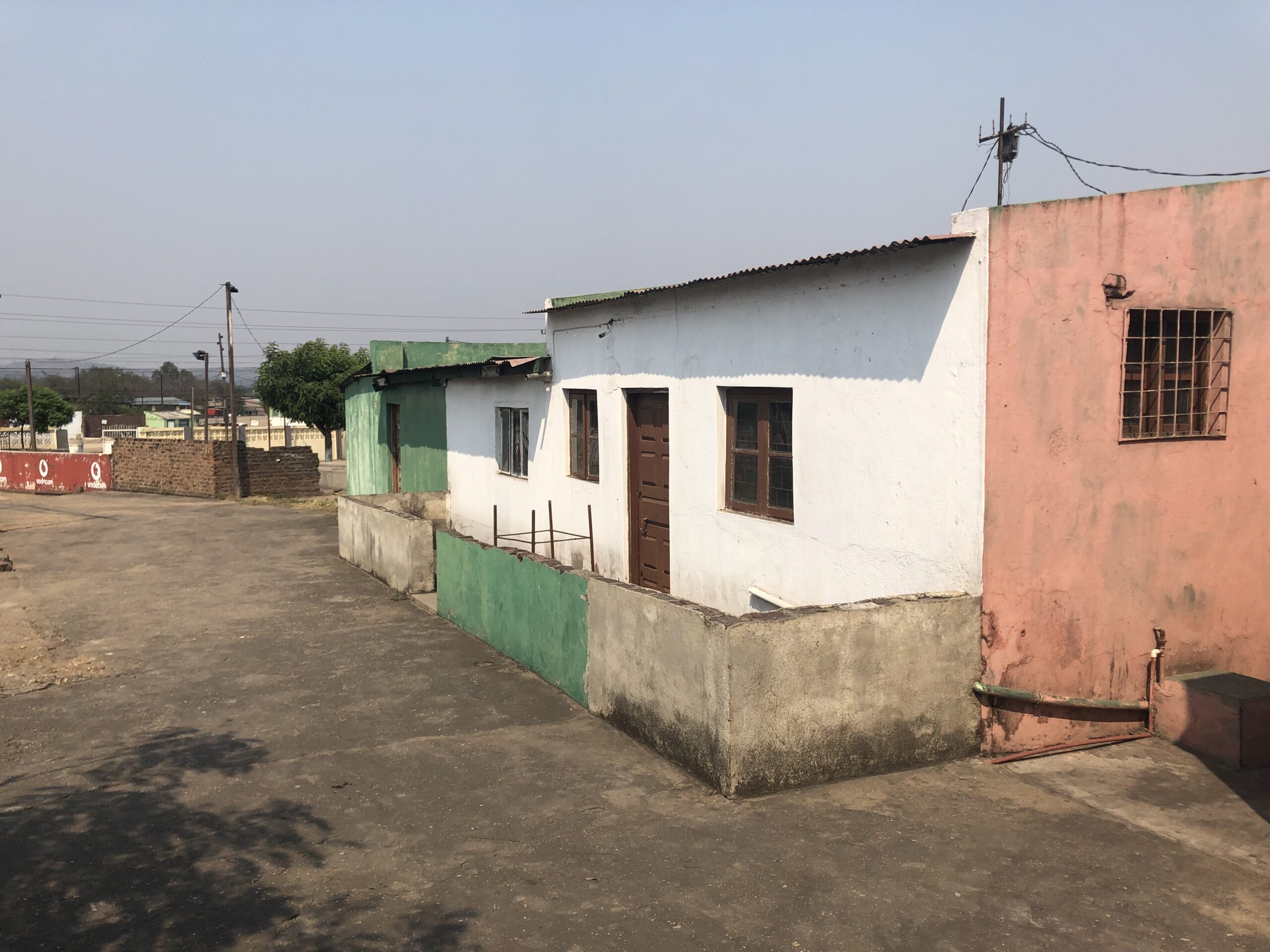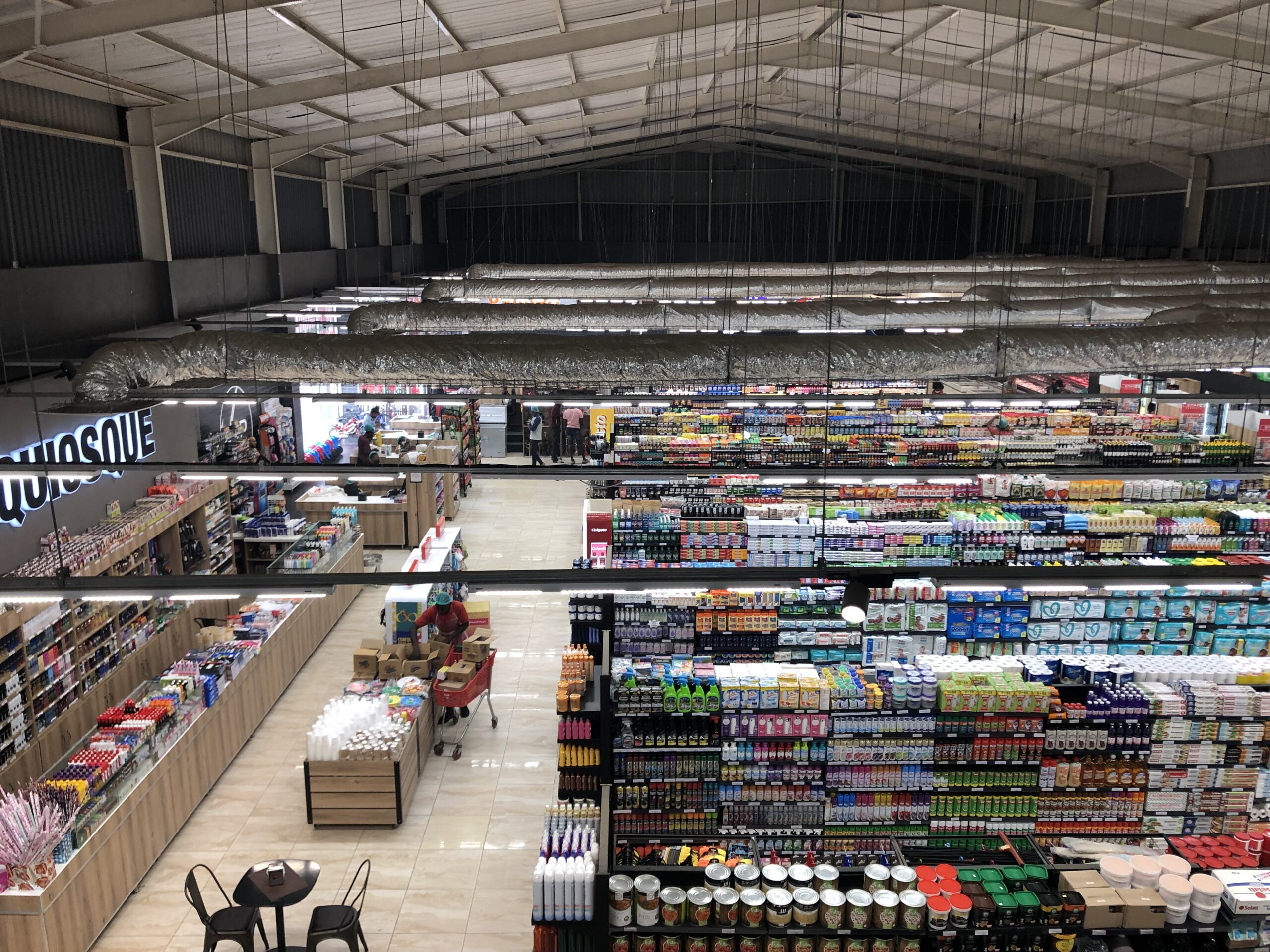blog
Blog: Coal workers and their social life

Coal workers are on their way home after daytime shift. Photo by Hiroyuki Tsuji
In some cases, minerals are found in remote areas where there are no social infrastructures and/or there are only scattered populations. In these cases, mining firms must build campsites or so-called mining towns to house their workers. Nevertheless, there are cases in which minerals are found in areas near existing urban settlements, which creates a merge between the existing society and the new urbanisation led by mining. Tete is such a case. What makes Tete’s urbanism unique is that the major mines (Moatize Mine and Benga Mine) are located adjacent to the large urban centres in the region, namely Tete City (provincial capital) and Moatize City, and the actual form of extractive urbanism is built upon the existing society. One of the characteristics of these urban spaces is the presence of coal workers. For instance, the largest coal mine in Tete alone hires directly and indirectly more than 7000 people.
Most mineworkers are housed around Tete and Moatize Cities. Housing conditions vary from one to another. Tete and Moatize locals who work in the mines commute from their homes. For Mozambicans who arrived in Tete from other urban centres, there are several patterns. Many seek to rent so-called dependências (typically small independent houses attached to or adjacent to landlords’ houses). There are cases in which companies rent out large houses for their employees. Higher-ranked workers (including foreign expats) have the privilege of staying in apartment hotels, guest houses, or gated condominiums. Those who are socially embedded with Tete or Moatize cities purchase vacant houses or parcels of land to build their own houses.

A typical example of ‘dependências’ in Moatize City. Photo by Hiroyuki Tsuji
Mineworkers and their family members are also active consumers around the urban areas, spending their money in local restaurants, bars, supermarkets, and warehouses. There is a music bar in the old city centre, which is run by an ex-mineworker. The place begins to be filled with mineworkers towards evening, some of them still in their working uniforms after finishing the daytime shift. Lighting his favourite cigar, the bar’s owner says, “Many of my ex-colleagues are now regular customers”. Whilst this bar is popular among national workers (Mozambicans), there is an ‘expatriate club’ around the so-called Bairro Azul neighbourhood. In a relatively discrete location, the bar has a long counter with a classic South African atmosphere. The access to the bar is exclusive among acquaintances. Foreign expats socialise information while drinking and playing darts or billiards.

Dutch franchise supermarket ‘SPAR’ is always busy with mineworkers. Photo by Hiroyuki Tsuji
An expatriate once told me that working in Tete offers a better living environment outside the workplace compared to his previous position in a remote coal mining region in Indonesia where ‘there was nothing, but working in the mine’, he says. The expatriate is satisfied with working in Tete as he can spend some time with his wife and children on day-offs. He also adds that Tete City offers diverse kinds of cuisines (Portuguese, Indian, South African, to name a few), where he could dine out with his family. There are also English-speaking kindergartens around Tete City where expatriates can send their children in. The urban spaces are being (re)shaped in a way to fit the actual demand of different types of mineworkers, and I keep wondering, what could be the implications of the global decarbonisation process for the coal workers and these spaces?

